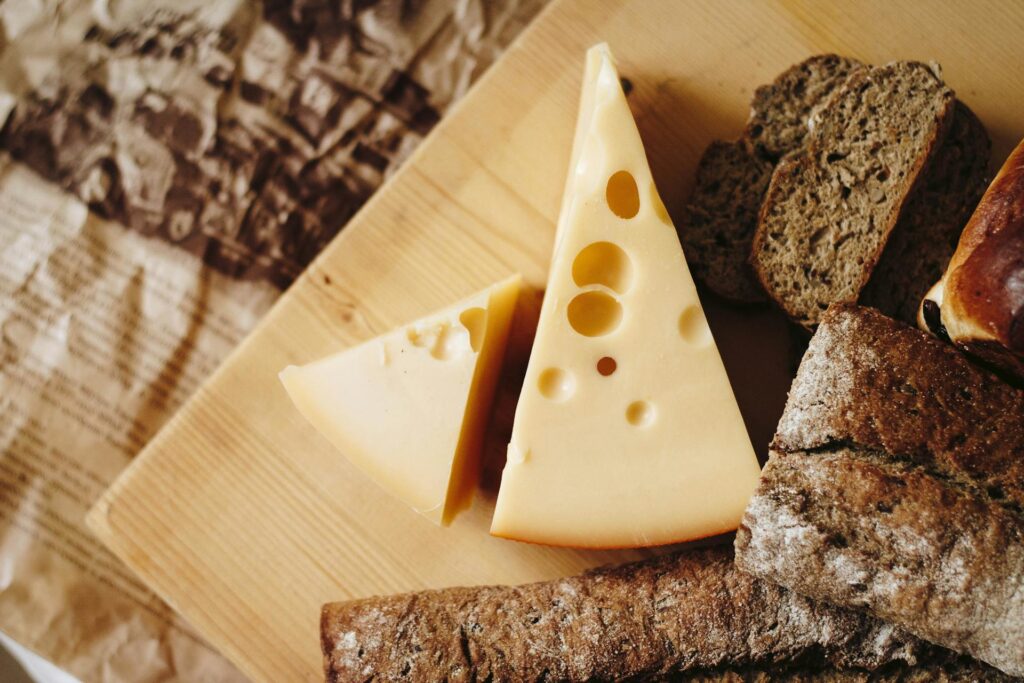Embarking on the rewarding journey of home cheesemaking doesn’t require a professional dairy setup. However, having the right essential equipment will significantly streamline the process, ensure safety, and ultimately contribute to the success of your cheesy creations. While you can gradually expand your toolkit as your skills develop, a few key items are indispensable for any aspiring home cheesemaker. Investing in these foundational pieces will set you up for a fulfilling and delicious experience.
The Basics: Pots and Thermometers: At the heart of cheesemaking are simple yet crucial tools. You’ll need a good quality, non-reactive pot – stainless steel is ideal – large enough to hold the amount of milk you’re working with, with some extra headspace. Avoid aluminum pots as they can react with the acidity produced during cheesemaking. Accurate temperature control is paramount, so a reliable dairy thermometer is a must-have. Look for one with a clear, easy-to-read display and a range suitable for the temperatures involved in heating milk and culturing. A separate instant-read thermometer can also be handy for quick temperature checks.
Measuring and Stirring: Precise measurements are vital for successful cheesemaking. A set of measuring cups and spoons, preferably stainless steel or food-grade plastic, will ensure you add the correct amounts of starter cultures, rennet, and salt. For gently stirring the milk and curds, a long-handled, non-reactive spoon or spatula is essential. Avoid vigorous stirring, especially after the curds have formed, as this can break them into smaller pieces than desired.
Curd Handling: Knives and Skimmers: Once the milk has coagulated and formed curds, you’ll need tools to cut them into the appropriate size. A long, thin-bladed knife, often referred to as a “cheese knife” or even a clean, long kitchen knife, is used to make vertical and horizontal cuts through the curd. A slotted spoon or skimmer is then used to gently remove the whey (the liquid byproduct) from the curds. Look for a skimmer with a wide surface area to efficiently separate the curds and whey.
Molding and Pressing: To shape your cheese and remove excess whey, you’ll need cheese molds. These come in various shapes and sizes, often made of food-grade plastic or stainless steel. The type of mold you need will depend on the style of cheese you’re making. For many pressed cheeses, a cheese press is also essential. While you can purchase dedicated cheese presses, resourceful home cheesemakers often create DIY versions using weights and food-safe containers. The press applies controlled pressure to the cheese curds, expelling whey and consolidating the cheese into a solid form.
Aging and Storage: While not immediately needed, considering how you’ll age and store your cheese is important for the later stages. Depending on the type of cheese, you might need aging boxes or containers with controlled humidity, as well as food-grade wax or vacuum seal bags for longer-term storage. For fresh cheeses, simple airtight containers in the refrigerator will suffice.
Optional but Helpful: As you become more experienced, you might consider adding other helpful equipment to your arsenal. These could include a pH meter or test strips to monitor acidity levels, a dedicated whey separator, or specialized molds for specific cheese shapes. However, the core equipment outlined above will provide a solid foundation for a wide range of home cheesemaking adventures. By investing in these essential tools, you’ll be well-equipped to transform milk into delicious, handcrafted cheeses in your own kitchen.
